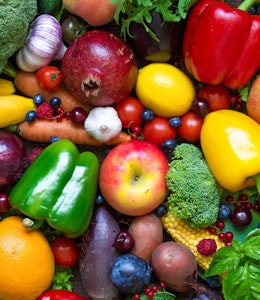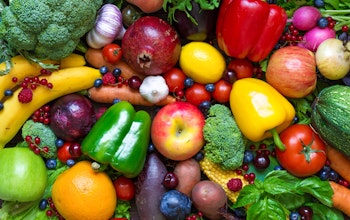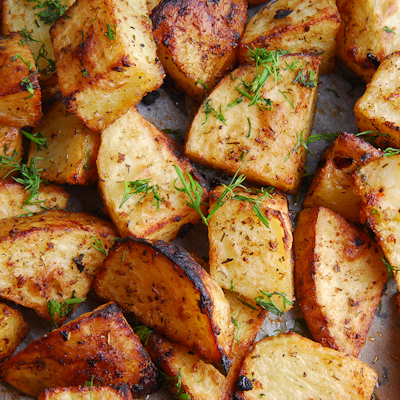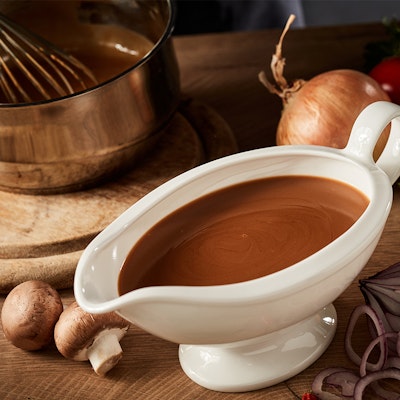What are pulses? Your guide to pulses and legumes
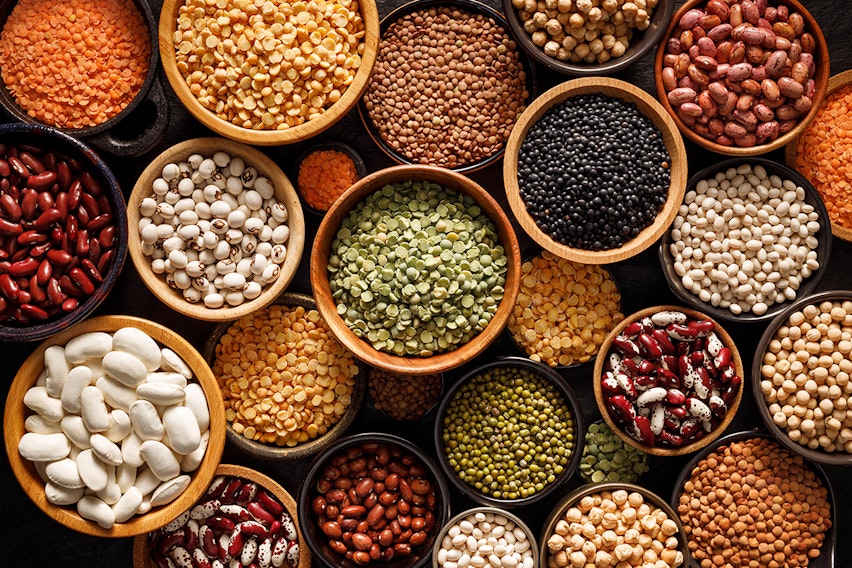
We often hear how pulses are a healthy food choice and an integral part of a balanced diet but what are considered pulses? Is chickpea a pulse? Are pulses a protein and if so, which pulse has the highest protein? Well, since it’s true that pulses are some of the healthiest and most versatile foods, we thought we’d answer these questions and also put together a handy guide to the different types of pulse.
Here are some of the big questions around pulses:
- What are pulses?
- Are pulses the same as legumes?
- Are pulses a vegetable or a protein?
- Do pulses contain gluten?
- Are pulses an allergen?
- Are pulses good for you?
- Which pulse has the highest protein?
And the main pulses are:
- Chickpeas
- Red lentils
- Pigeon peas
- Puy lentils
- Black eyed beans
- Red kidney beans
- Black beans
- Haricot beans
- Butter beans
Now let’s find out more...
What are pulses?
Pulses are a protein-rich type of food, and the name for legumes when dried and/or tinned. Lentils, chickpeas and bean varieties are all types of pulses (and legume), and come from the seeds or fruit of the plant family Fabaceae. Pulses feature in many different global cuisines, and while grown primarily as human food, they are also cultivated for livestock feeding and agricultural purposes.
Chickpeas
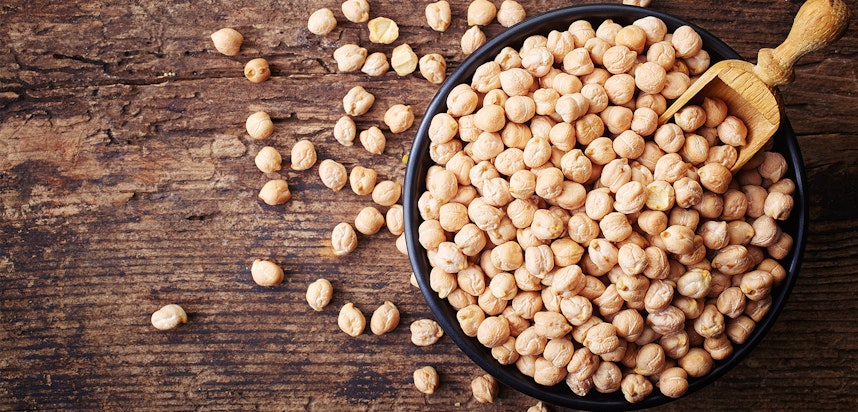
What are chickpeas?
Chickpeas are a legume, and edible seed of the Fabaceae plant subfamily Faboideae. Though commonly known under the umbrella term chickpeas, they are sometimes referred to by their individual varieties - such as Begal gram, chhana, chana, and channa. In the US they are sometimes referred to as garbanzo beans.
Highly versatile, used fresh, cooked and even ground into flour, chickpeas are used widely in Indian and other Southeast Asian cuisine, but are particularly associated with Middle Eastern dishes such as hummus.
Dried chickpeas must be soaked before use, though tinned varieties can be used as is.
Best way to use chickpeas
The most popular chickpea dish for people in the West is hummus, a dip or paste made by blending chickpeas with olive oil, salt and the sesame paste tahini. Hummus can be eaten as a snack or appetiser alongside warm bread or crudites, or even used as a healthier alternative for mayonnaise in things such as sandwiches. Chickpeas are also the star of several Indian dishes, such as chana masala - a North Indian curry in which they are cooked with spices, onions and tomatoes.
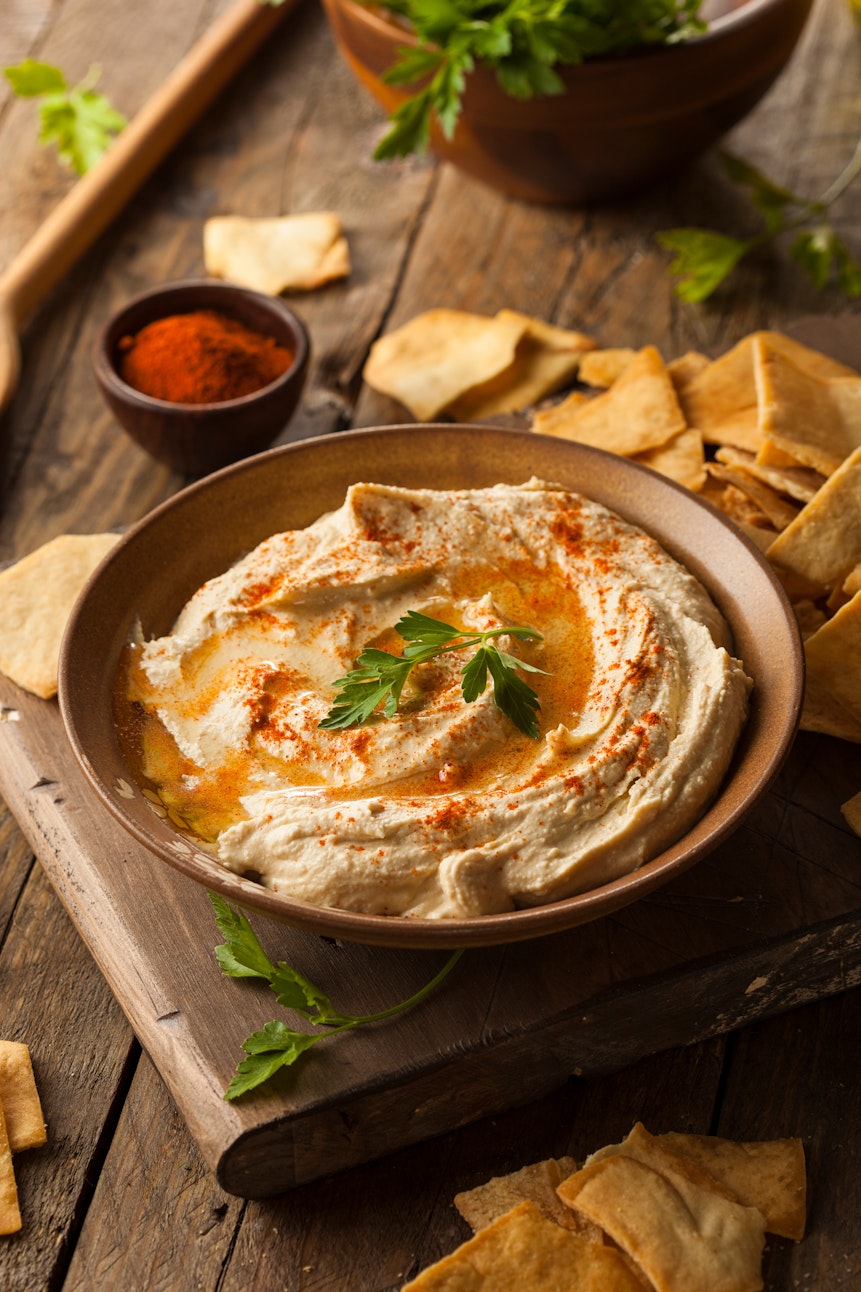
Chickpeas can be mashed and then fried in a frying pan or air fryer to make fritters, or roasted in the oven with spices and served in place of carbs such as rice or potatoes.
Red lentils
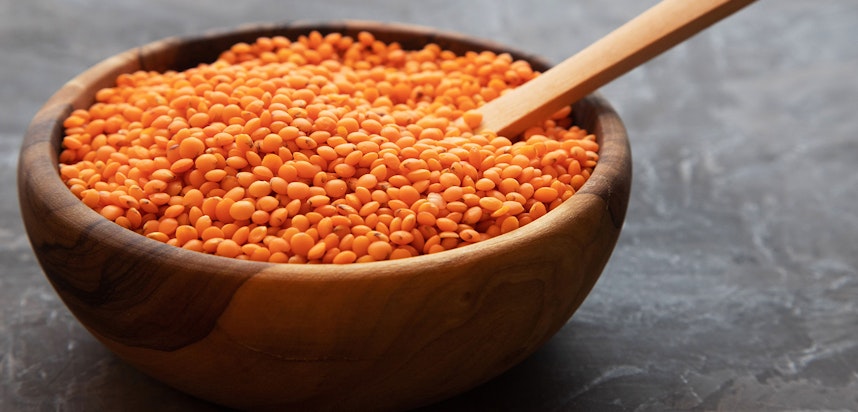
What are red lentils?
Like other lentils, red lentils are the small, oval or round-shaped seeds from the annual lentil plant. Red lentils cook quicker than other lentils (and beans), and have a more delicate flavour - described as nutty, and almost sweet.
Are pulses the same as legumes?
Pulses are legumes that have been dried (and often then tinned) before consumption - so a legume is the fresh version of a bean or a pea and the pulse the prepared version.
Though described as “red”, many red lentils are more orange in colour, and have a creamy texture that makes them ideal for soups and stews.
Best way to use red lentils
Red lentils are especially well suited to soups, stews and curries - due to their creaminess and small size.
You can also mix them into pasta dishes like spaghetti bolognese if looking to cut down on the amount of meat you are using, and their sweet flavour also makes them a good addition to sweet recipes like pumpkin or sweet potato pie.
Green lentils
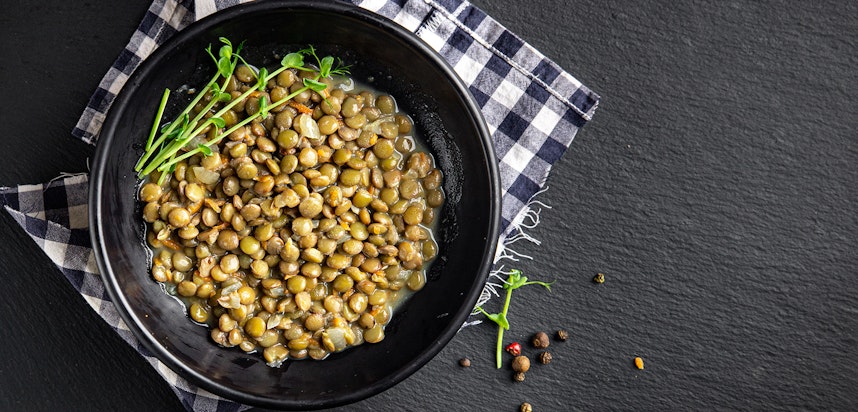
What are green lentils?
Green lentils are the seeds of the lentil plant, and come in a variety of sizes and shades of green - ranging from the pale to the grey-green, sometimes with shades of black or blue.
Their flavour profile is earthier and more robust than other lentils, and they can have an almost peppery flavour. Though you do not need to soak green lentils, doing so before use will reduce the amount of time it takes them to cook, which is handy as they do not cook as quickly as red lentils.
Best way to use green lentils
When cooking plant-based dishes, green lentils make a good substitute for meat, due to their high protein, savoury flavour and denseness - try using them instead of beef mince in a vegan Cottage Pie.
Green lentil dahl is another hearty dish, made with green lentils and coconut milk, as is lentil stew - where they are slow cooked with spinach and lemon juice. The earthy flavour of green lentils makes them a complimentary accompaniment for pork, and can be eaten in place of potatoes alongside sausages for a healthy take on bangers and mash, or with spiced pork cutlets.
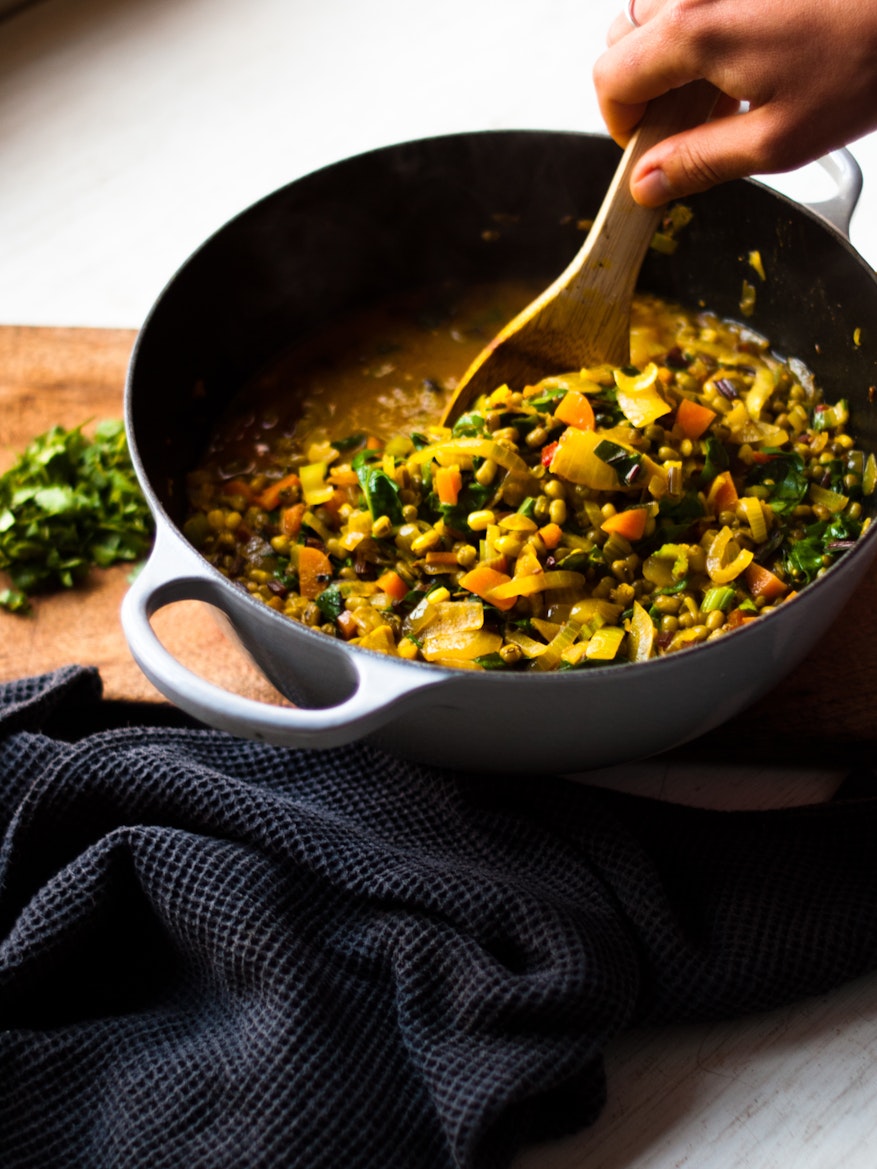
Pigeon peas (Toor dal)
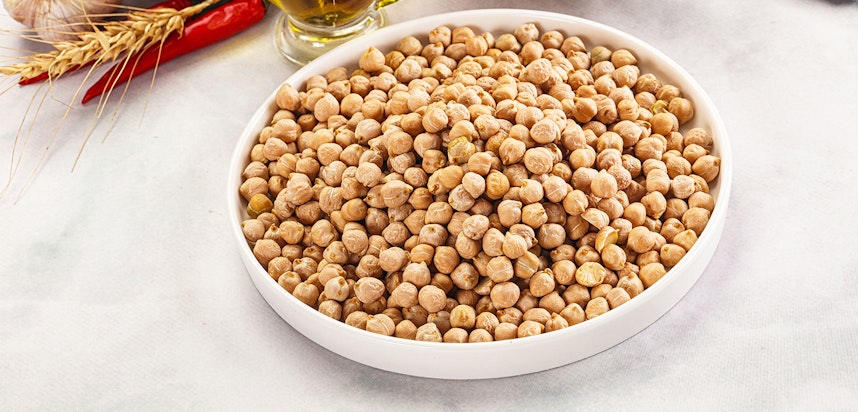
What are pigeon peas?
Also known as toor dal and gungo peas, pigeon peas are a type of legume native to the Eastern Hemisphere and feature in the cuisines of South Asia, Southeast Asia, Africa, Latin America and the Caribbean, where they are commonly cultivated.
Which pulse has the highest protein?
As a general rule lentils contain more protein than other types of pulse, particularly black gram, which is used predominantly in South Indian cooking. Field peas and cow peas (more commonly known as black eyed peas or beans) are also high in protein, containing 26g per 100g and 24g per 100g respectively.
They are known for their nutty flavour and crisp texture, and should be soaked before cooking.
Best way to use pigeon peas
Pigeon peas - specifically split pigeon peas, are the traditional main ingredient in South Indian sambhar, a stew served with dosas, and Toor Dal Tadka - where they are cooked with ginger, garlic, and tomatoes. In Filipino cuisine they are paired with pork and jackfruit to make a stew, and feature in many Caribbean dishes alongside ingredients such as rice, beans and corn.
Because pigeon peas do not go mushy when cooked, they are also a great choice when adding protein to salads too.
Moong beans/mung beans
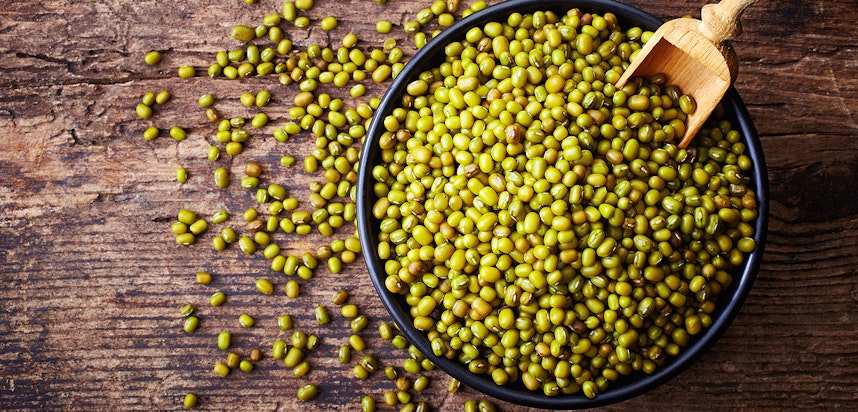
What are moong beans?
Predominantly cultivated in Southeast, East and South Asia, and also known as the mung bean or green gram, moong beans are a type of legume that has been around for thousands of years and is now used for sweet and savoury dishes in cuisines from South America as well as India and China. Sweet and nutty, cooked mung beans have a creamy texture that has even been likened to mashed or baked potato.
Best way to use moong beans
Moong or mung beans make a great, high protein snack, and can be eaten raw or cooked, but especially sprouted for this purpose. They are also frequently mashed into a paste, which can be fried into fritters, and in Hong Kong and South Korea is made into ice cream or ice pops. In South Korea they are also soaked, ground and mixed with water to make a pancake batter. Whilst the sweetness of moong beans makes them a great choice for sweet dishes, in Sri Lanka a popular breakfast dish is made by boiling mung beans and mixing with grated coconut and a spicy chilli and onion sambol.
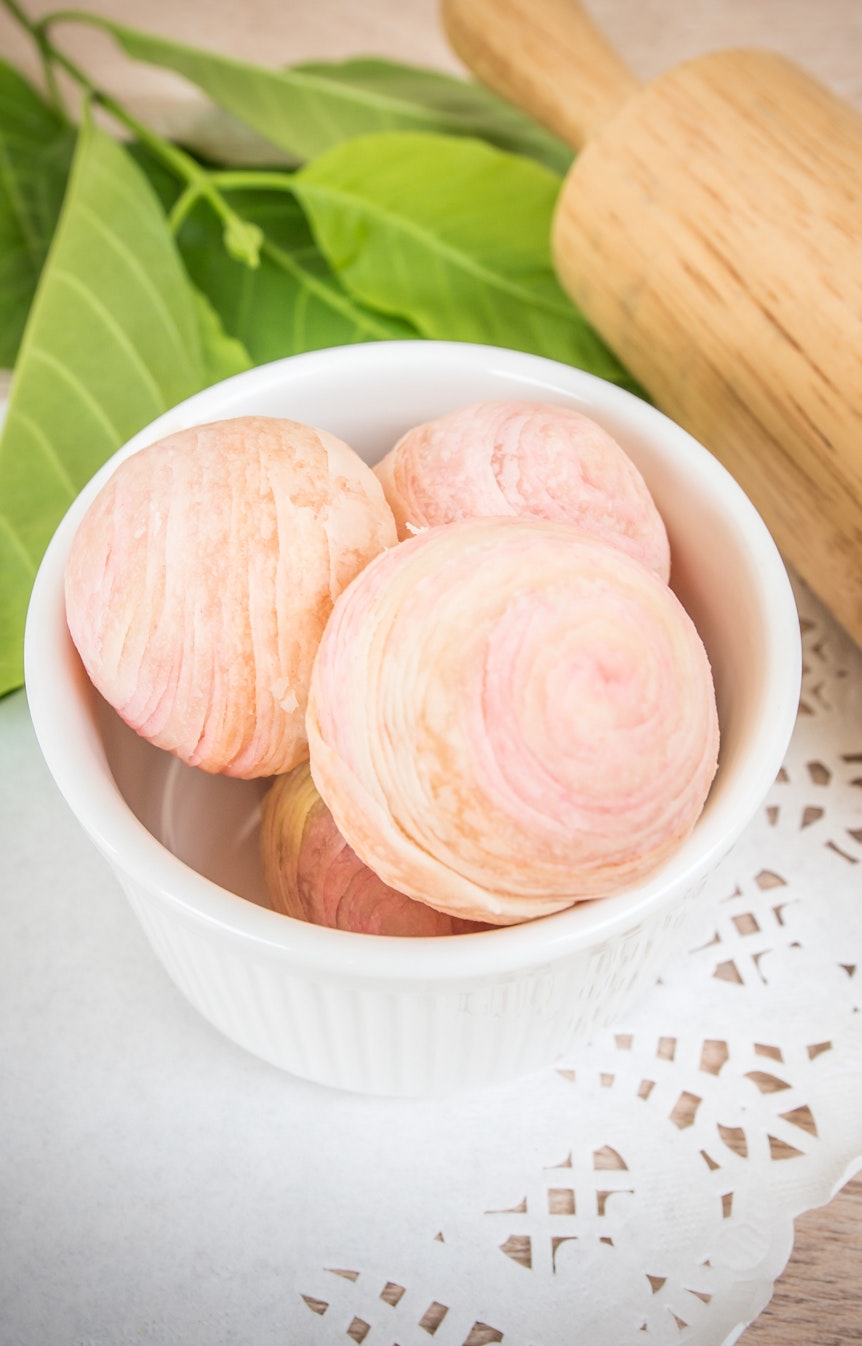
Are pulses an allergen?
Pulses such as lentils, beans and chickpeas themselves are not among the 14 major food allergens. However, pulses are a type of legume - as are the major allergen Peanuts, and so there can be cross-reactivity for those with a peanut allergy (though not necessarily acute). Those with an allergy to Lupin may also experience cross-reactivity or sensitivities to legumes.
Puy lentils
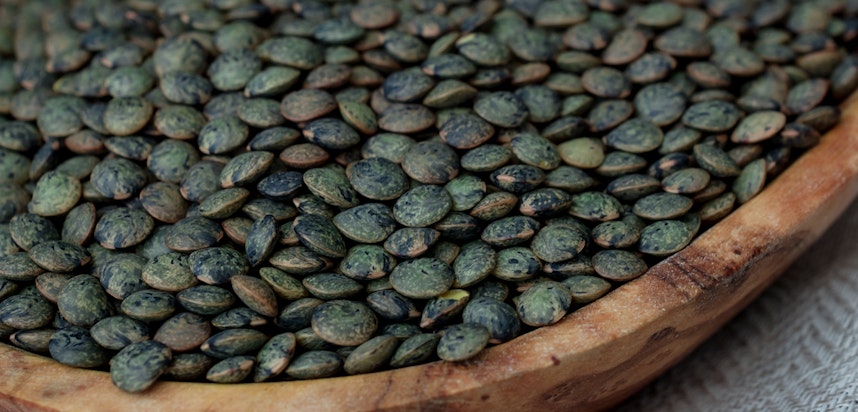
What are puy lentils?
Named after the Le Puy region of France in which they are grown, puy lentils must be from this area to go by that label.
Are pulses a vegetable or a protein?
Pulses are considered both a vegetable and a protein. They contain many vitamins and minerals that a vegetable would, and count as one of your 5 a day, but can also perform repairs in the body like a traditional protein food would. One portion of a pulse food like beans will provide just under 20% of the protein an adult needs in a day. This makes them a popular choice for vegan meals especially.
These lentils have a very distinct, peppery flavour that comes from the volcanic soil they are grown in and mottled, slate grey colour. They are smaller than most other lentils by about a third, and hold their shape especially well after cooking.
Best way to use puy lentils
Because puy lentils are small and absorb liquid well, without losing their structure, they are a great addition to soups and stews - any recipe that uses a lot of stock or broth.
Because they don’t get mushy easily, they are also a good meat substitute - in vegan takes on spaghetti bolognese or lasagne. Their distinctive peppery flavour can hold its own against strong ingredients such as goat’s cheese and anchovies, making them a good choice for salads.
Black eyed beans
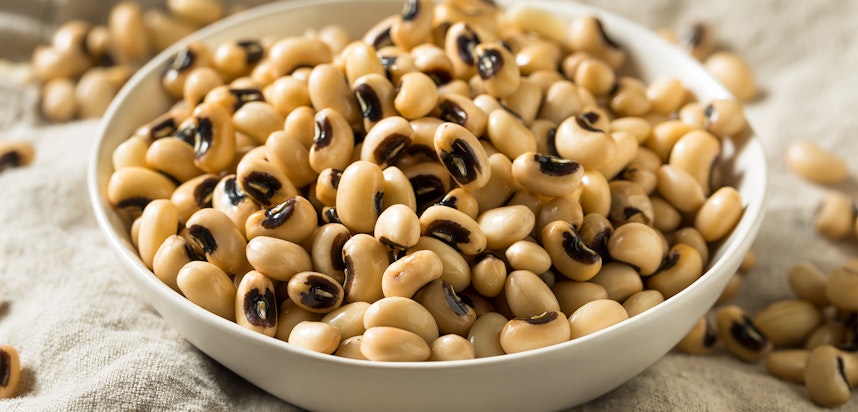
What are black eye beans?
Black eyed beans, sometimes referred to as black eyed peas, are a subspecies of the cowpea, and consequently a type of edible legume grown around the world, but not in places with a cold climate.
Though they can range in size, all black eyed beans have a black (or brown, green or even pink) “eye” - the hilum which once attached it to the pod of the plant it was grown on.
They have a texture midway between soft and firm, and a delicately earthy flavour, and are especially associated with cuisine from the Deep South of the United States, where the bean is said to have or bring good luck.
Best way to use black eye beans
Black eyed beans are a versatile bean that can be added to stews and salads, and mixed with sauce to become a tasty breakfast dish.
In Southern US, they are particularly famous as a component of the New Year’s dish Hoppin’ John, where they are mixed with bacon and white rice. They also pair well with vegetables such as broccoli, collard greens, mustard greens, cabbage, spinach or kale.
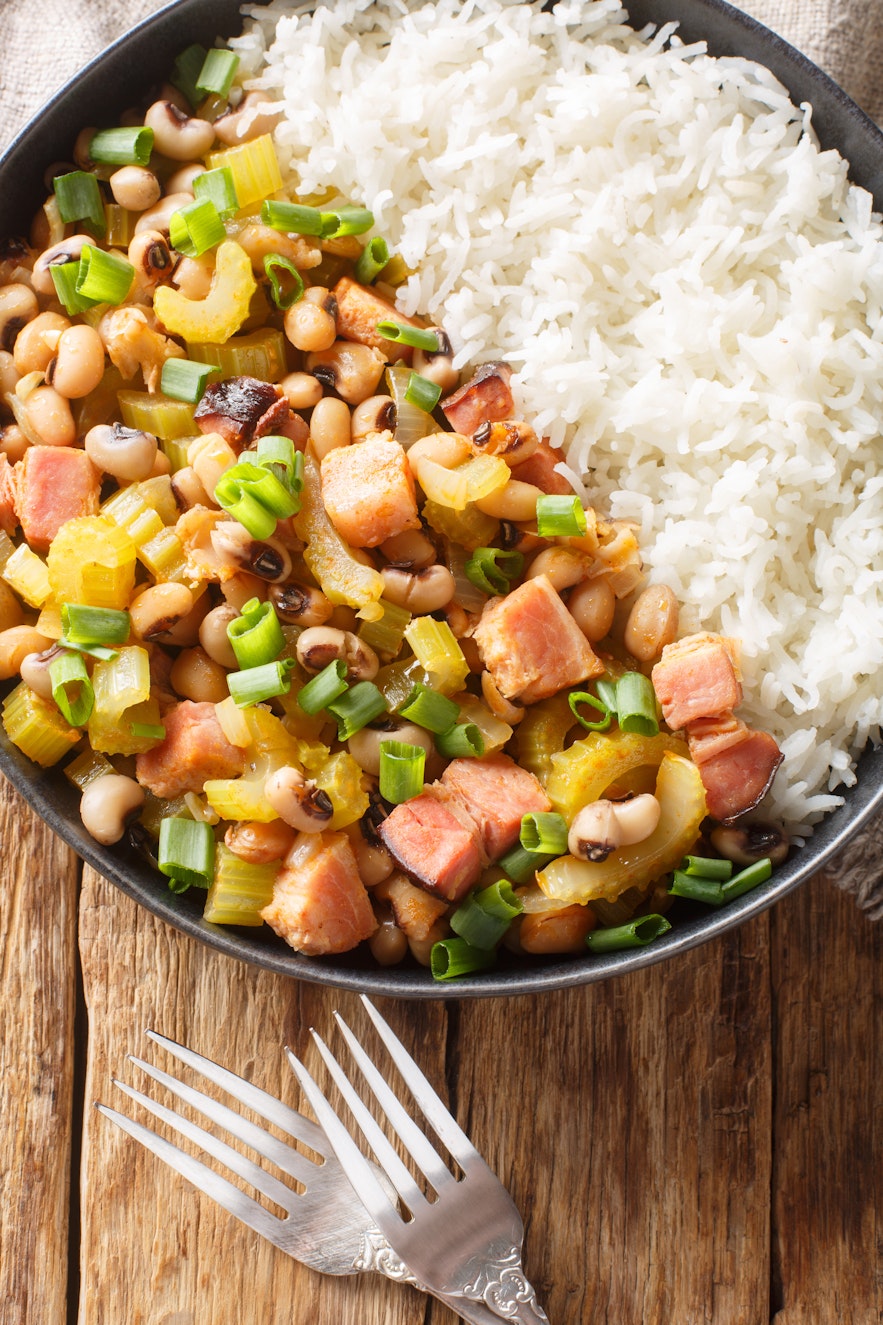
Red kidney beans
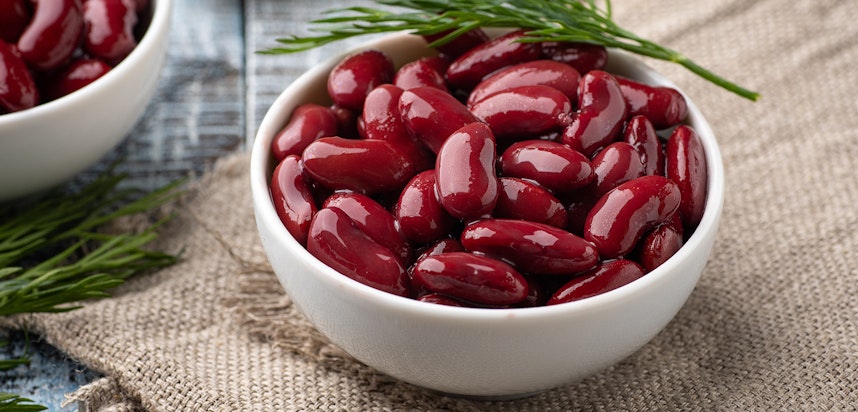
What are red kidney beans?
Red kidney beans are a type of kidney bean, which is an edible legume native to the Americas, named for its kidney shape and which comes in a range of colours from white to black. Though the colours can vary wildly, the kidney beans’ flavour is similar no matter the hue, with the red kidney bean being slightly sweet and soft in texture.
It’s important to know that red kidney beans can be poisonous if they are not boiled in water for 20 minutes before using for the first time - though they can subsequently be reused and reheated without being boiled again.
Do pulses contain gluten?
No, pulses do not contain gluten - they are naturally gluten-free. However, flour made from pulses - such as gram flour - may have been cross-contamined with other flours that are made from Cereals containing Gluten, such as wheat.
Best way to use red kidney beans
Chilli con carne is a famous dish that includes red kidney beans among the ingredients, as they go well with beef.
Many Tex-Mex dishes such as hard shell tacos, chilli and chicken enchiladas, are made with red kidney beans, and because they retain their vibrant colour even after cooking, they are also a great way to brighten up salads whilst adding protein.
Black beans
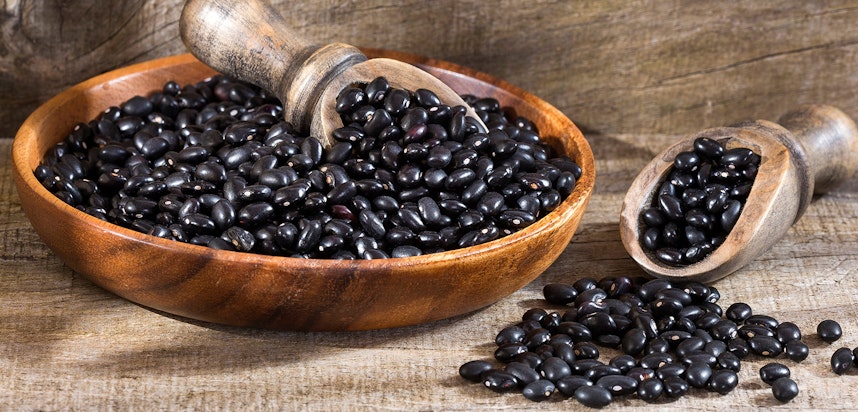
What are black beans?
Black beans are technically a type of kidney bean, known for their glossy black skin and paler inside - and also referred to as turtle beans, caviar criollo, and frijoles negros.
They are a milder legume in flavour, creamy in texture and one of the smallest types of bean, taking on the taste of whatever they have been cooked in. Black beans are native to the Americas, and especially associated with Mexican cuisine, and that of other central American regions.
Best way to use black beans
Black beans are one of the most versatile legumes out there, and can be used for many different dishes. They are frequently mashed with other beans and spices and served refried, or cooked and pureed into a dip.
They can be used as a protein for veggie burgers, or used to bulk out burritos, tacos, quesadillas, nachos and salads, mixed with eggs and tomatoes for a filling breakfast.
Black beans mixed with rice is a staple food of many South American cuisines.
Haricot beans
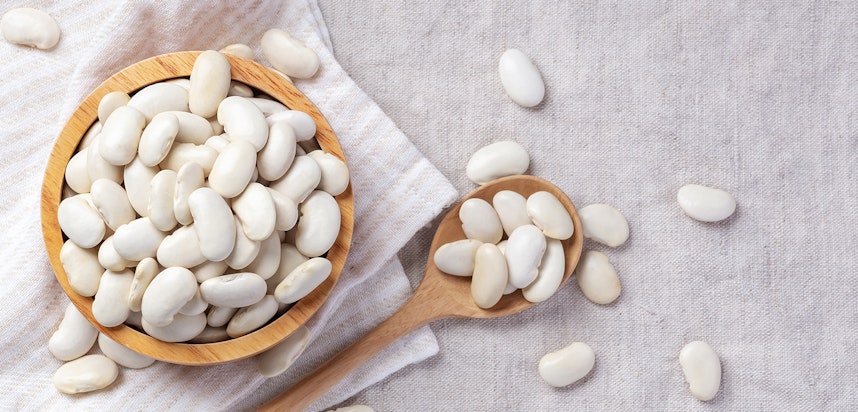
What are haricot beans?
Haricot beans, which are also called navy beans (due to their culinary use by the US navy) and Boston beans, were first domesticated in the Americas and are a type of white bean with an oval shape and pearly hue.
Very mild in flavour, haricot beans are known for their propensity to take on the flavours and taste of the other things they are cooked with.
Now eaten around the world, they feature prominently in dishes from Western Europe and South America, as well as North America, but in the UK they are best known as a major component of baked beans - one of the nation’s best-loved foods.
Best way to use haricot beans
Haricot beans work especially well in a sauce, as they can absorb all the flavour and aromas, and this is what makes them perfect for baked beans.
They are also used in the rich French dish cassoulet, and can be added to salads, soups and stews to make them heartier and more filling.
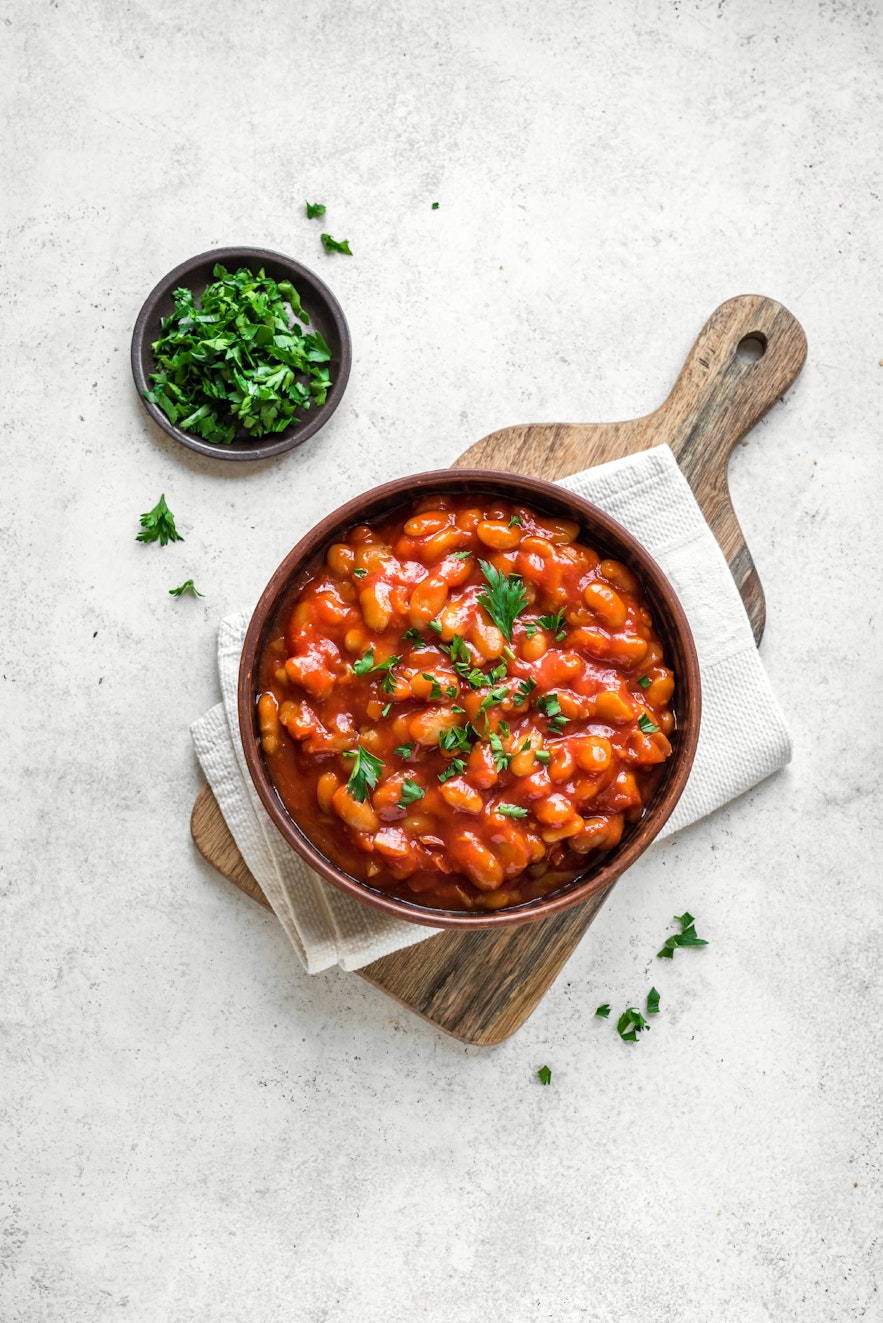
Butter beans
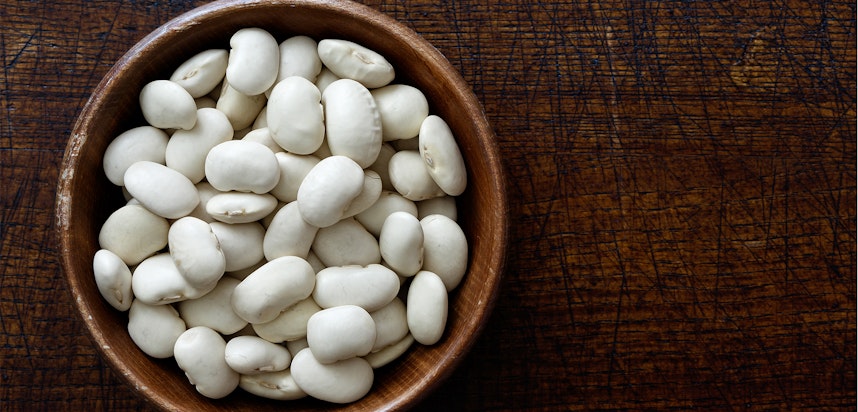
What are butter beans?
Butter beans, or lima beans as they are commonly known, are a type of edible legume first discovered in Peru, and was one of the first plants to be domesticated.
Are pulses good for you?
Pulses are very good for you - they are not only high in protein and fibre, but low in fat. This means they provide energy and help the body maintain and repair itself, and keep you fuller for longer by digesting slowly (aiding in weight management) - with fewer calories and fat than other filling foods like refined carbs. Their fibre content also assists in heart health and lowers the risk of conditions such as Type 2 diabetes and heart disease.
Butter beans can vary in size - ranging from a couple of centimetres to over an inch and a half in diameter, and their flavour can similarly vary depending on whether they’re cooked or not - tasting a little grassy and earthy when fresh, and creamier and more buttery when they have been dried and/or cooked.
Sometimes butter beans are confused or used interchangeably with cannellini beans, and though they have a similar texture and can be used in the same recipes, the latter are nuttier in flavour than the former.
Best way to use butter beans
Butter beans have a creamy quality that pairs well with white meat like pork and chicken, especially when cooked in aromatic herbs. They are also easily mashed or blitzed up, which makes them well suited to thick soups and casseroles.
You may also be interested in…
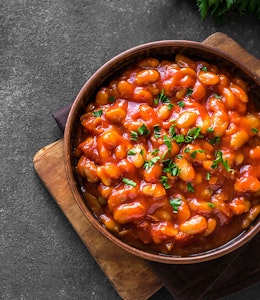
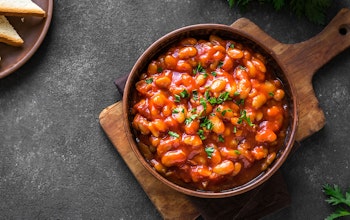
You may also be interested in…
